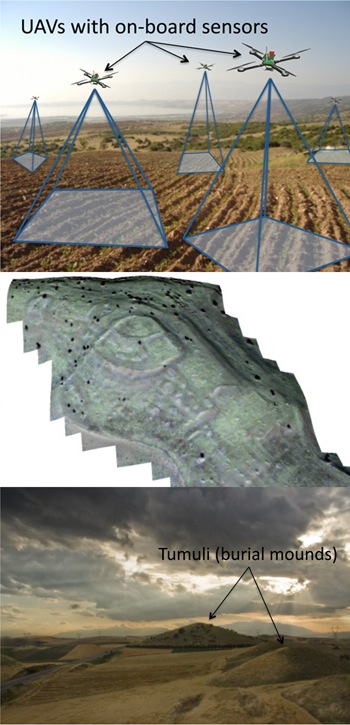Sensor Research Wins $1M NSF Award

Enhancing the functionality of cyber-physical systems—those that integrate physical processes with networked computing—could significantly improve our quality of life, from reducing car collisions to upgrading robotic surgeries to mounting more effective search and rescue missions.
Recognizing Boston University as a key contributor to this effort, the National Science Foundation has awarded Professors Venkatesh Saligrama (ECE, SE) and David Castañón (ECE, SE), and Assistant Professor Mac Schwager (ME, SE), nearly $1 million for their project, “CPS: Synergy: Data Driven Intelligent Controlled Sensing for Cyber Physical Systems.”
Drawing on earlier work by Saligrama and Castañón investigating machine learning under cost and budget constraints, the researchers will focus on improving sensors that collect data in transportation, security and manufacturing applications. A key challenge in such applications is to choose the most effective physical sensors from the vast amount available and develop systems that can efficiently process large quantities of collected data.
“Many of these systems are energy hungry,” Saligrama explained. “The goal is to use such sensors only when they are needed by using feedback control of the sensing actions to obtain the best information possible given energy budget constraints.”
Castañón, who has developed some of the leading theories used in controlled sensing studies, sees the project as “an opportunity to extend that theory to big data environments with high-dimensional measurements.”
The team plans to validate its techniques through archaeological surveying, working with Associate Professor Chris Roosevelt (Archaeology). Determining where to deploy the sensors on a smaller scale—for example, finding where best to dig—could lead to far-reaching solutions for deep-sea exploration, firefighting and traffic monitoring.